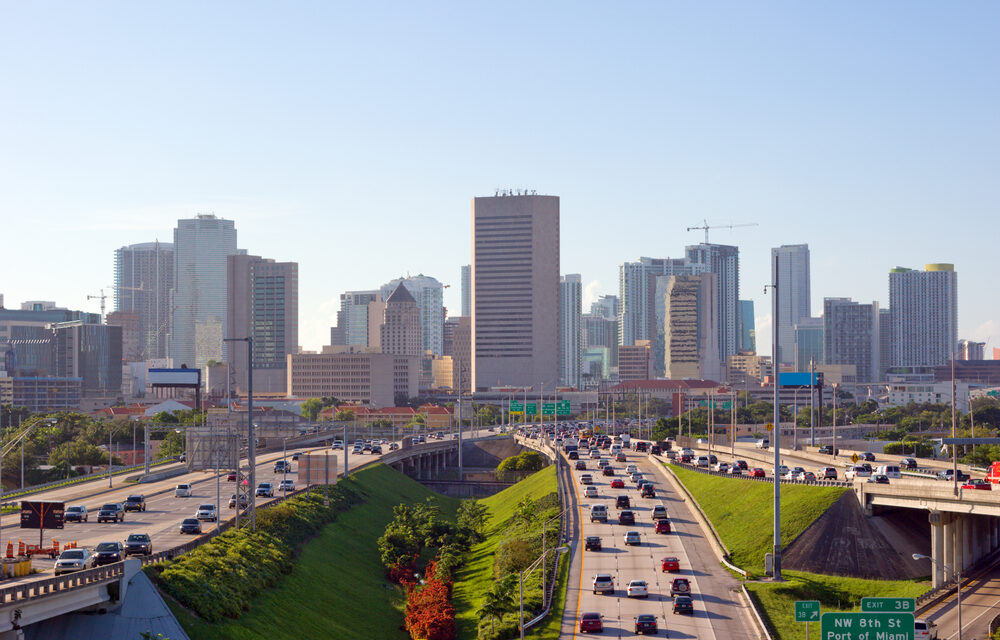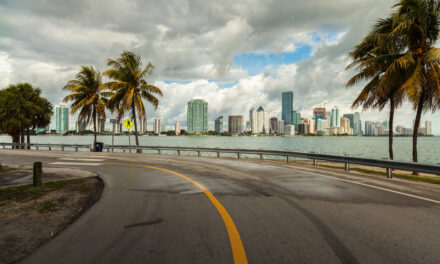Miami’s Transportation Infrastructure and its Economic Impact
Miami is a vibrant and bustling city with a diverse population and a thriving economy. One of the key drivers of Miami’s economic success is its transportation infrastructure, which includes a range of modes of transportation that allow people and goods to move efficiently throughout the city and beyond.
Miami’s transportation infrastructure is anchored by its major airports, including Miami International Airport (MIA), which is one of the busiest airports in the country. MIA serves as a hub for many airlines, connecting Miami to destinations around the world. The airport also supports a range of related industries, such as tourism, logistics, and hospitality, which contribute to the local economy.
In addition to airports, Miami has a well-developed seaport, PortMiami, which is one of the largest ports in the United States. The port handles a significant amount of cargo, including imports and exports, and supports a range of industries, such as manufacturing, distribution, and retail. The port also serves as a major hub for cruise ships, which bring millions of tourists to Miami each year.
Miami’s transportation infrastructure also includes a network of highways, bridges, and tunnels that allow people and goods to move quickly and efficiently throughout the city and beyond. The city is home to several major highways, including I-95, which runs along the eastern seaboard of the United States and connects Miami to cities as far north as Maine.
Public transportation is also an important part of Miami’s transportation infrastructure. The city has a range of options for commuters, including buses, trains, and trolleys. The Miami-Dade Transit system serves the city and surrounding areas, providing access to jobs, education, and other services for residents who may not have access to a car.
The transportation infrastructure in Miami has a significant impact on the local economy. It allows businesses to access markets and customers outside of the city, facilitates the movement of goods and services, and supports the growth of industries such as tourism, logistics, and manufacturing. A strong transportation infrastructure also helps attract and retain businesses, as it makes it easier for them to move people and goods in and out of the city.
However, there are also challenges associated with Miami’s transportation infrastructure. Traffic congestion is a major issue, particularly during peak hours, which can lead to longer commute times and increased pollution. Additionally, the city’s transportation infrastructure is vulnerable to natural disasters, such as hurricanes and flooding, which can disrupt the movement of people and goods.
In conclusion, Miami’s transportation infrastructure is a critical component of the city’s economy. The city’s major airports, seaport, highways, and public transportation options provide a range of options for people and goods to move throughout the city and beyond. While there are challenges associated with the infrastructure, continued investment in transportation infrastructure is essential for Miami to maintain its position as a thriving and dynamic city.





